Skeletons Found in Roman Catacombs
Peter Pizagalli
Published
04/23/2015
What You Think About Death.Throughout Europe, the skeletons of various Christian figures have been removed from Roman catacombs and displayed for veneration. In Germany and Austria, they're often covered in gold and jewels.
- List View
- Player View
- Grid View
Advertisement
-
1.
 Aside from crowns and finery, many skeletons are outfitted with jeweled eyes and other facial features. This one in Munich, Germany, is believed to be St. Munditia, patron saint of spinsters. The cloth prevents the bones from crumbling away.The skeletons in these reliquaries certainly give churches an interesting focal point, often attracting the curious. Kourdounaris once met a church member who said that an unexpected benefit of these bony residents is that it gives the churches some cool-points with the local the heavy metal kids.
Aside from crowns and finery, many skeletons are outfitted with jeweled eyes and other facial features. This one in Munich, Germany, is believed to be St. Munditia, patron saint of spinsters. The cloth prevents the bones from crumbling away.The skeletons in these reliquaries certainly give churches an interesting focal point, often attracting the curious. Kourdounaris once met a church member who said that an unexpected benefit of these bony residents is that it gives the churches some cool-points with the local the heavy metal kids. -
2.
 Other skeletal relics, like this one of St. Pancratius, are given lifelike poses inside metal containers like this armor-clad skeleton in a Swiss reliquary.
Other skeletal relics, like this one of St. Pancratius, are given lifelike poses inside metal containers like this armor-clad skeleton in a Swiss reliquary. -
3.
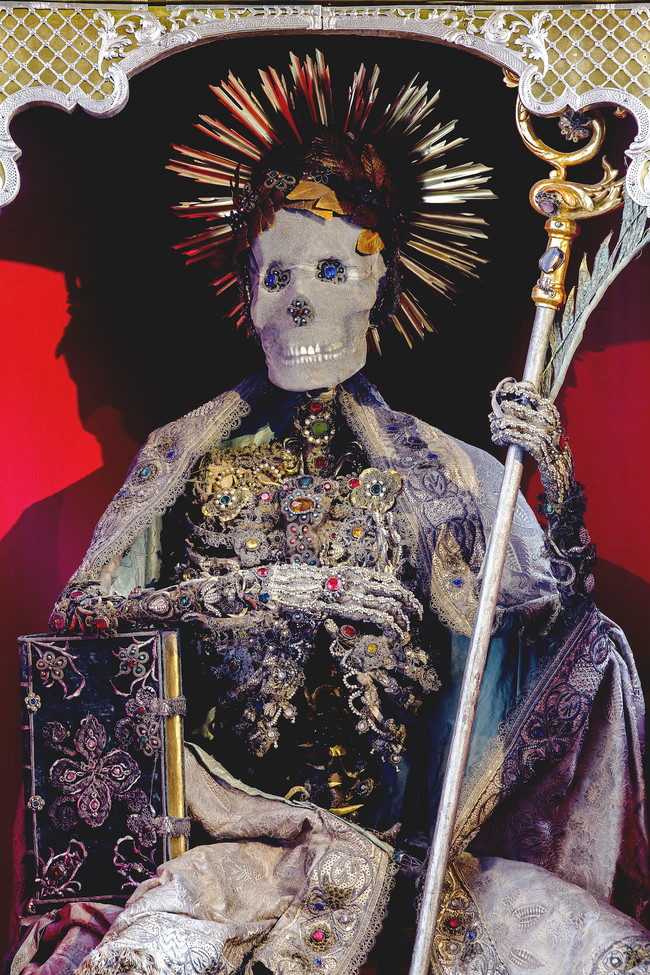 In reality, these skeletons are probably not the actual saints' bodies. They were pulled out of Roman catacombs, which are typically mass graves, and assigned the identities of saints. Who they really were remains a mystery to this day.
In reality, these skeletons are probably not the actual saints' bodies. They were pulled out of Roman catacombs, which are typically mass graves, and assigned the identities of saints. Who they really were remains a mystery to this day. -
4.
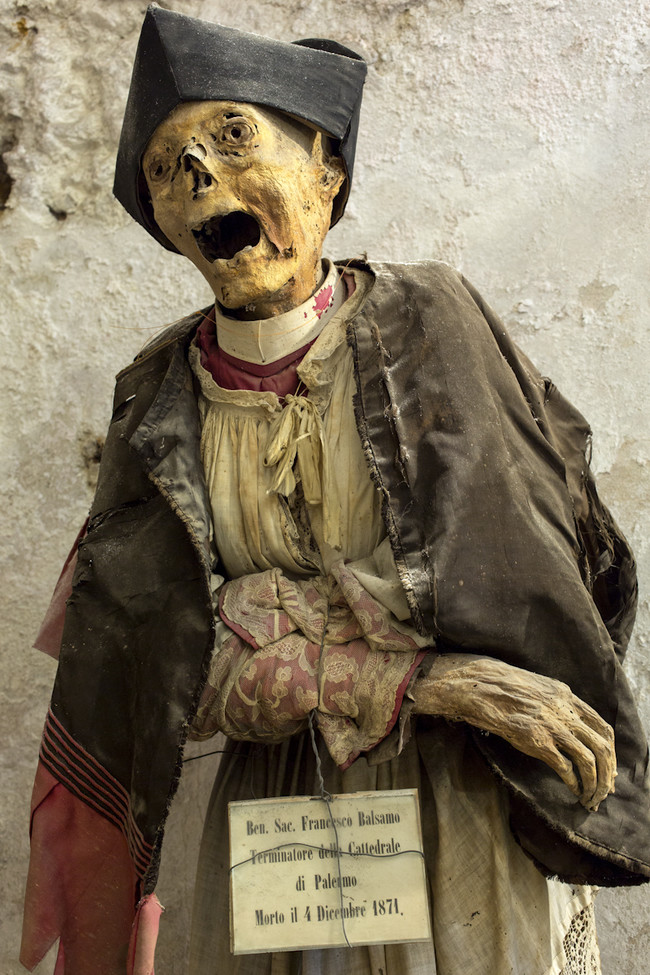 The bones of rulers (like Konrad II, seen here in Mondsee, Austria) are also housed in reliquaries.Other mummies, like this one in the Palermo Catacombs in Sicily, are dressed as they would have been in life. Many of the mummies in Sicily are of everyday people and clergy members instead of saints and rulers, so we get to see a more authentic glimpse of the past.
The bones of rulers (like Konrad II, seen here in Mondsee, Austria) are also housed in reliquaries.Other mummies, like this one in the Palermo Catacombs in Sicily, are dressed as they would have been in life. Many of the mummies in Sicily are of everyday people and clergy members instead of saints and rulers, so we get to see a more authentic glimpse of the past. -
5.
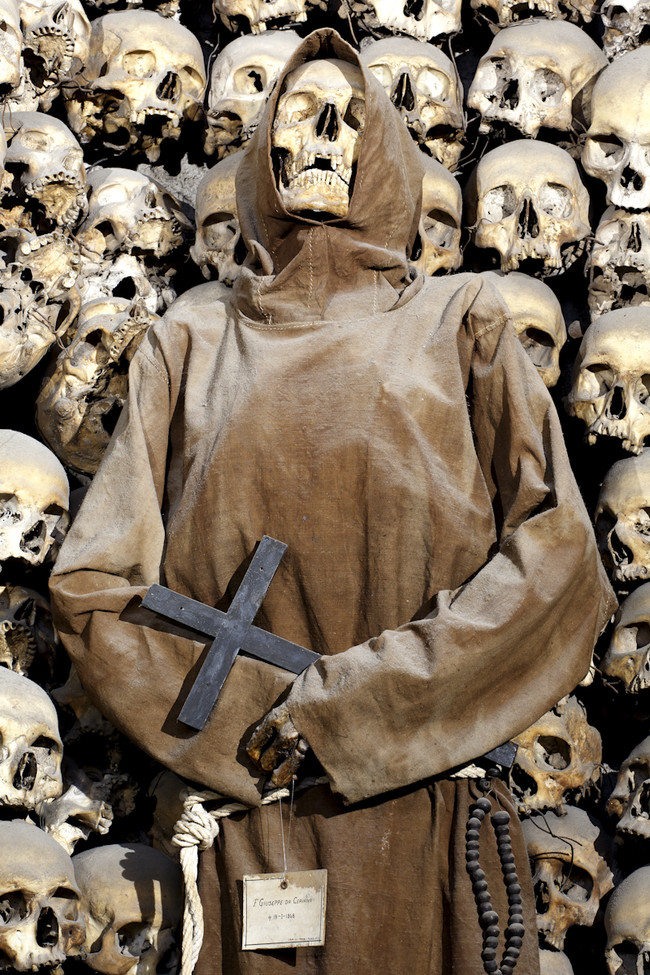 An ossuary at St. Catherine's Monastery in Sinai, Egypt. Some ossuaries simply pile up their bonesThe skeletons in these reliquaries certainly give churches an interesting focal point, often attracting the curious. Kourdounaris once met a church member who said that an unexpected benefit of these bony residents is that it gives the churches some cool-points with the local the heavy metal kids.
An ossuary at St. Catherine's Monastery in Sinai, Egypt. Some ossuaries simply pile up their bonesThe skeletons in these reliquaries certainly give churches an interesting focal point, often attracting the curious. Kourdounaris once met a church member who said that an unexpected benefit of these bony residents is that it gives the churches some cool-points with the local the heavy metal kids. -
6.
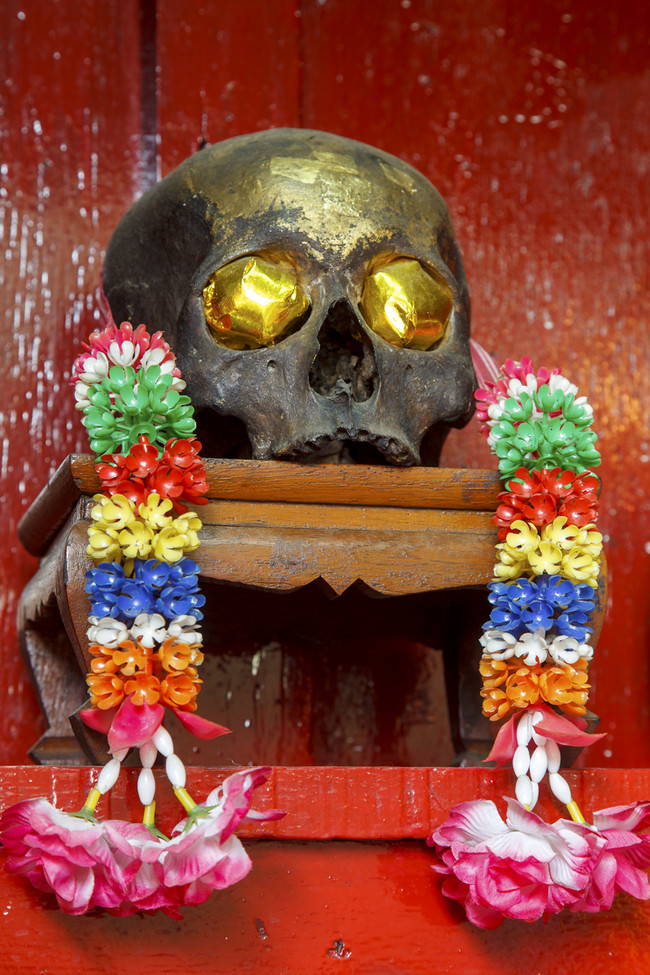 It's not just Europe that venerates remains of the dead. All over the world, human remains and bones are used as artifacts to remember the dead, and to come to terms with mortality.
It's not just Europe that venerates remains of the dead. All over the world, human remains and bones are used as artifacts to remember the dead, and to come to terms with mortality. -
7.
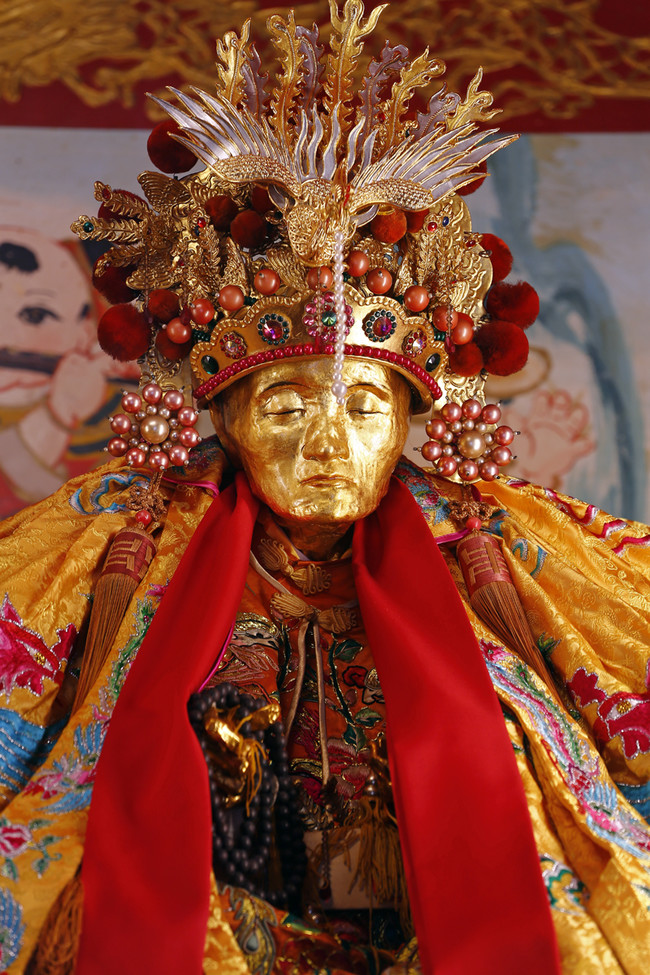 This skull in Bangkok, Thailand, is honored as a protector and patron at a foundation that provides free coffins and services for deceased people whose families are not able to afford them.
This skull in Bangkok, Thailand, is honored as a protector and patron at a foundation that provides free coffins and services for deceased people whose families are not able to afford them. -
8.
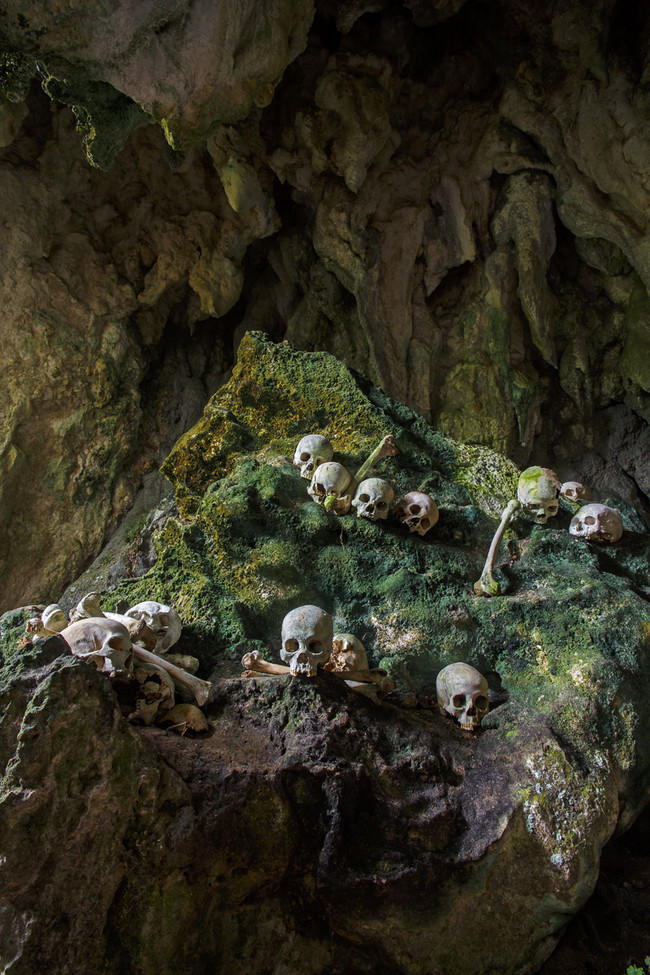 Sometimes, the living even get in on the preservation of their own bodies. In 1993, shortly before her death, Taiwanese spirit medium Dexiu gave instructions to have her body preserved and gilded. She wanted to continue serving her community even in death.
Sometimes, the living even get in on the preservation of their own bodies. In 1993, shortly before her death, Taiwanese spirit medium Dexiu gave instructions to have her body preserved and gilded. She wanted to continue serving her community even in death. -
9.
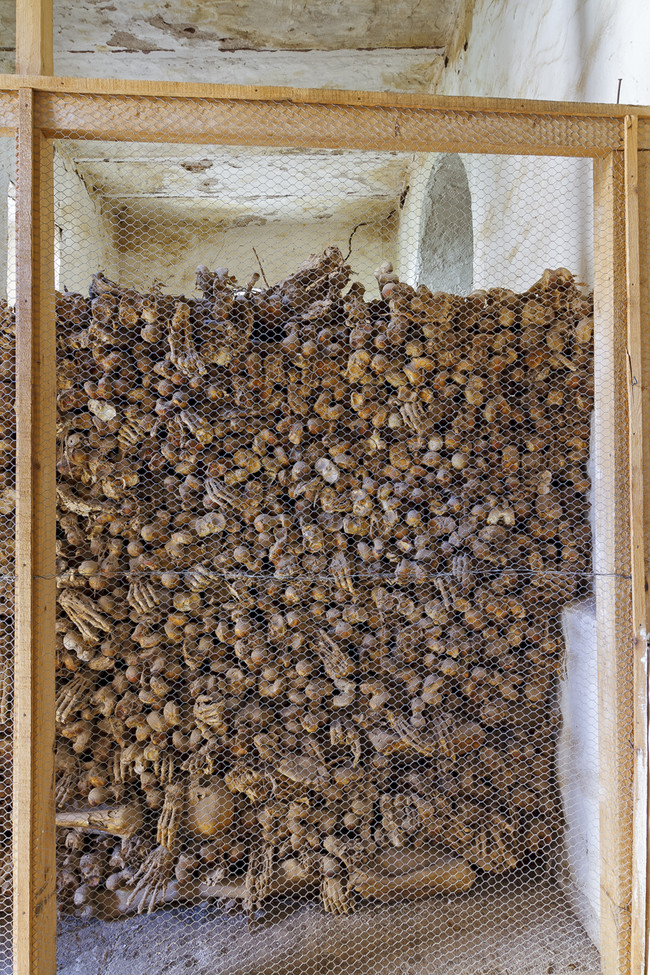 Besides mummies, many religious and memorial sites in the West also have ossuaries, which are huge collections of human bones (usually skulls and other large bones). These fixtures serve as mass graves. In churches and monasteries, they're usually the bones of the clergy, but ossuaries can also be used to store the bones of the general populace, or as memorials to battles and massacres.
Besides mummies, many religious and memorial sites in the West also have ossuaries, which are huge collections of human bones (usually skulls and other large bones). These fixtures serve as mass graves. In churches and monasteries, they're usually the bones of the clergy, but ossuaries can also be used to store the bones of the general populace, or as memorials to battles and massacres. -
10.
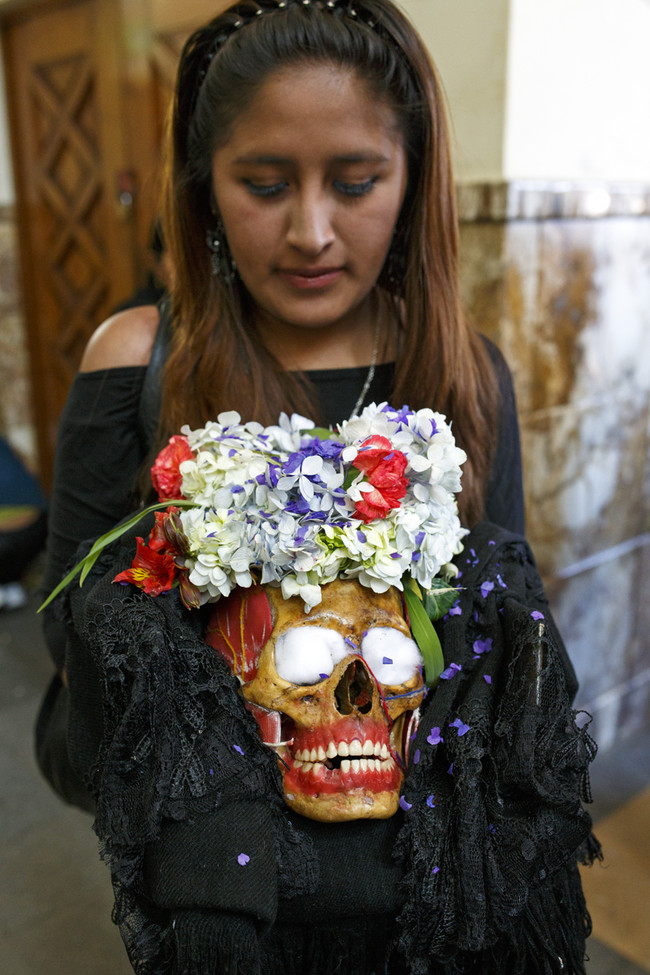 In La Paz, Bolivia, people celebrate the dead with the Fiesta de las Natitas (Festival of Skulls), where the skulls of relatives are venerated.
In La Paz, Bolivia, people celebrate the dead with the Fiesta de las Natitas (Festival of Skulls), where the skulls of relatives are venerated. -
11.
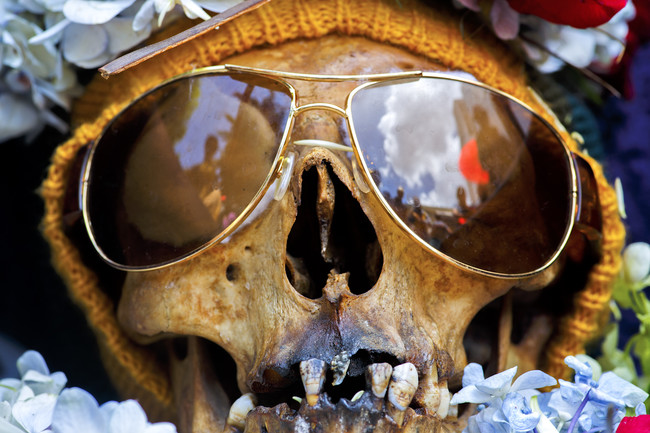 This festival hearkens back to pre-Columbian times, when people would feast with the bones of their relatives once a year. Today, people only use the skulls. On November 9, they adorn the skulls with flowers and make offerings to them in exchange for a year of protection. Though the festival is ancient, participants sometimes get a modern touch!
This festival hearkens back to pre-Columbian times, when people would feast with the bones of their relatives once a year. Today, people only use the skulls. On November 9, they adorn the skulls with flowers and make offerings to them in exchange for a year of protection. Though the festival is ancient, participants sometimes get a modern touch! -
12.
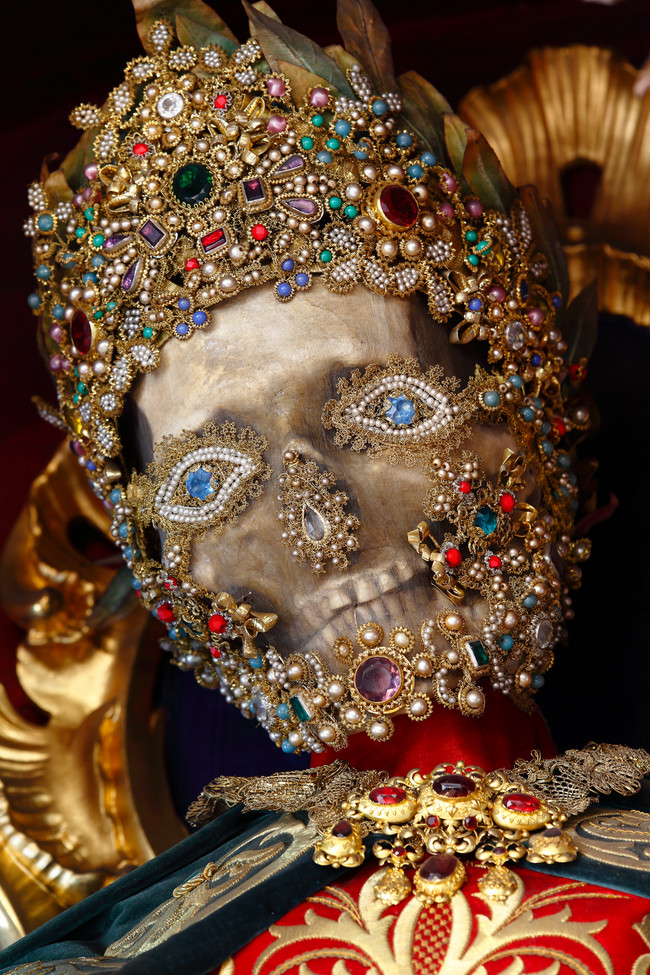 These practices might seem morbid to people of certain cultures, but this discomfort with death is not a universal feeling. In many places, honoring the dead — even by looking right into the hollow eyes of a skull — is an act of love and remembrance. Kourdounaris even met a man in Indonesia who, along with his brothers, kept the mummified body of his grandfather in the house. When asked why, his answer was simple: "Because we loved him."
These practices might seem morbid to people of certain cultures, but this discomfort with death is not a universal feeling. In many places, honoring the dead — even by looking right into the hollow eyes of a skull — is an act of love and remembrance. Kourdounaris even met a man in Indonesia who, along with his brothers, kept the mummified body of his grandfather in the house. When asked why, his answer was simple: "Because we loved him."




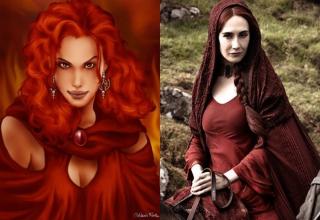



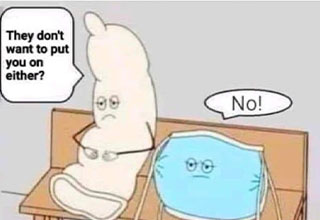
0 Comments